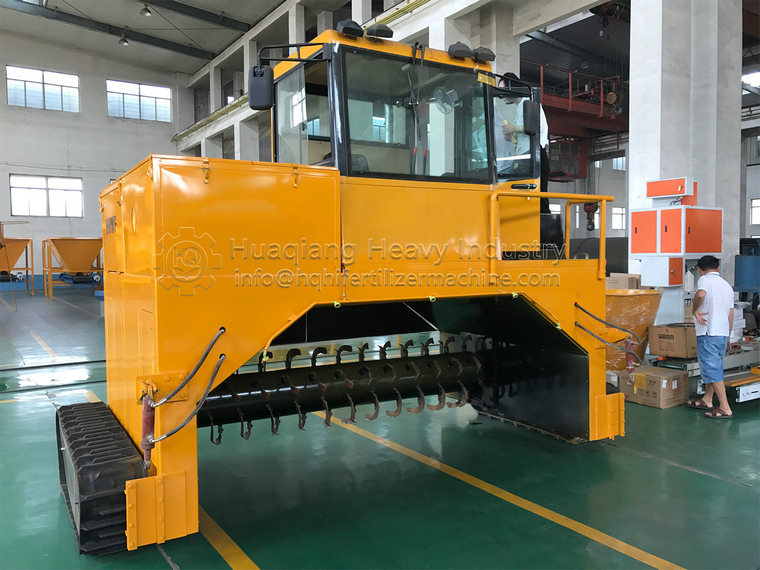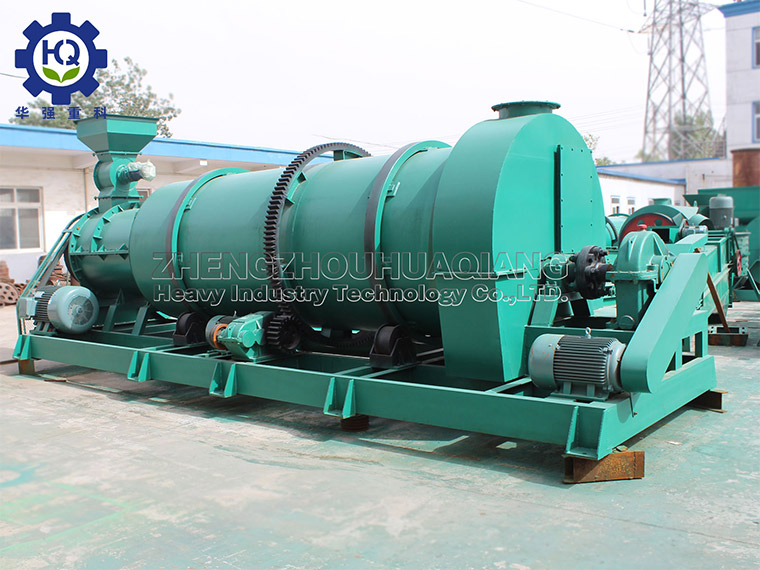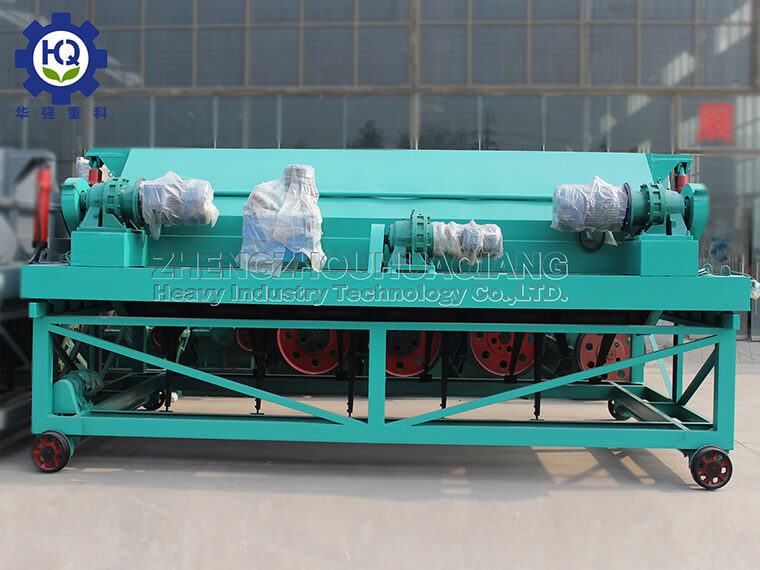How to configure equipment for organic fertilizer production lines in small aquaculture plants
How do small aquaculture plants configure organic fertilizer production lines? A series of organic fertilizer production lines mainly focus on the technology of decomposition, sterilization, and deodorization. They are large, medium, and small organic fertilizer equipment production lines that integrate practical and effective manure fermentation, particle processing, raw material mixing, drying, packaging, and other fertilizer production equipment processes. These processing processes are used to process livestock and poultry manure into harmless commercial organic fertilizers.
Powdered organic fertilizer refers to the fertilizer produced by fermenting organic raw materials in a certain proportion without causing particles. There is a certain difference from traditional composting fermentation, with the national standard of 40% organic matter, over 5% total nutrients, and 30% moisture. The equipment is also relatively simple, mainly consisting of the three stages of fermentation, namely pre mixing, flipping, refining, and packaging. The main purpose of fermentation is to decompose the macromolecular materials of organic raw materials into small molecule materials that can be absorbed and utilized by crops through microbial decomposition. The quality of fermentation is also related to the quality and effectiveness of organic fertilizers.
The main process of organic fertilizer production line equipment is to mix organic solid waste with a moisture content of less than 60%, auxiliary materials (such as plant straw), microbial fermentation agents, etc. evenly, and make them fully mature, sterilize, deodorize, and dehydrate through continuous aerobic fermentation in a pool. The moisture content of the decomposed material is generally within the range of 30-35%. After screening and magnetic separation, it can be directly used for pelletizing to produce round organic fertilizer, or further drying to produce powdered organic fertilizer.
The organic fertilizer produced by processing chicken manure, pig manure, cow manure, sludge, and straw is an organic matter long-term fertilizer, which can improve soil even if the fertilizer is effective for a long time. Vegetables and grains grown with organic fertilizers are pollution-free foods, which are vigorously promoted by the country and are also the healthy food that people are looking forward to today.




.jpg)


